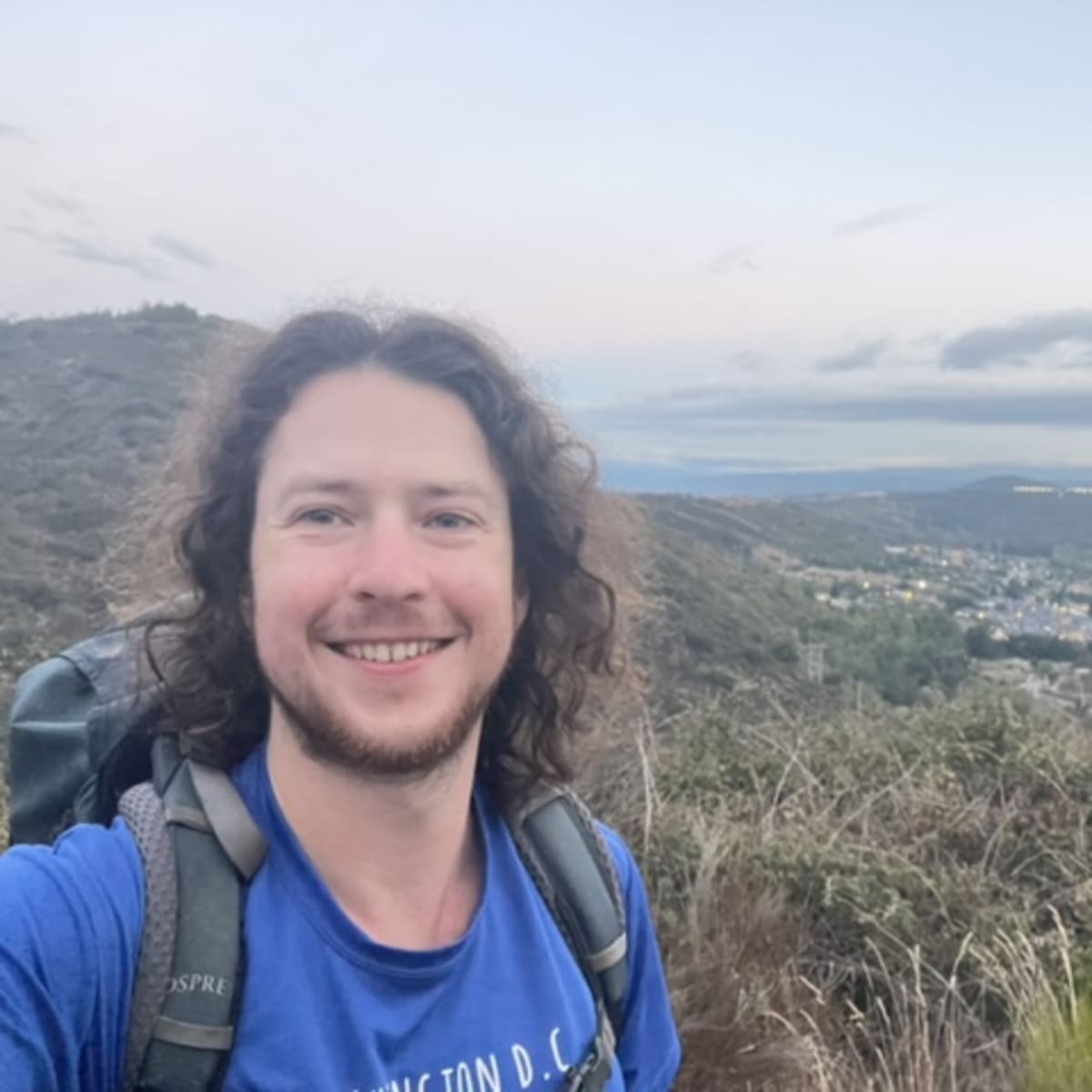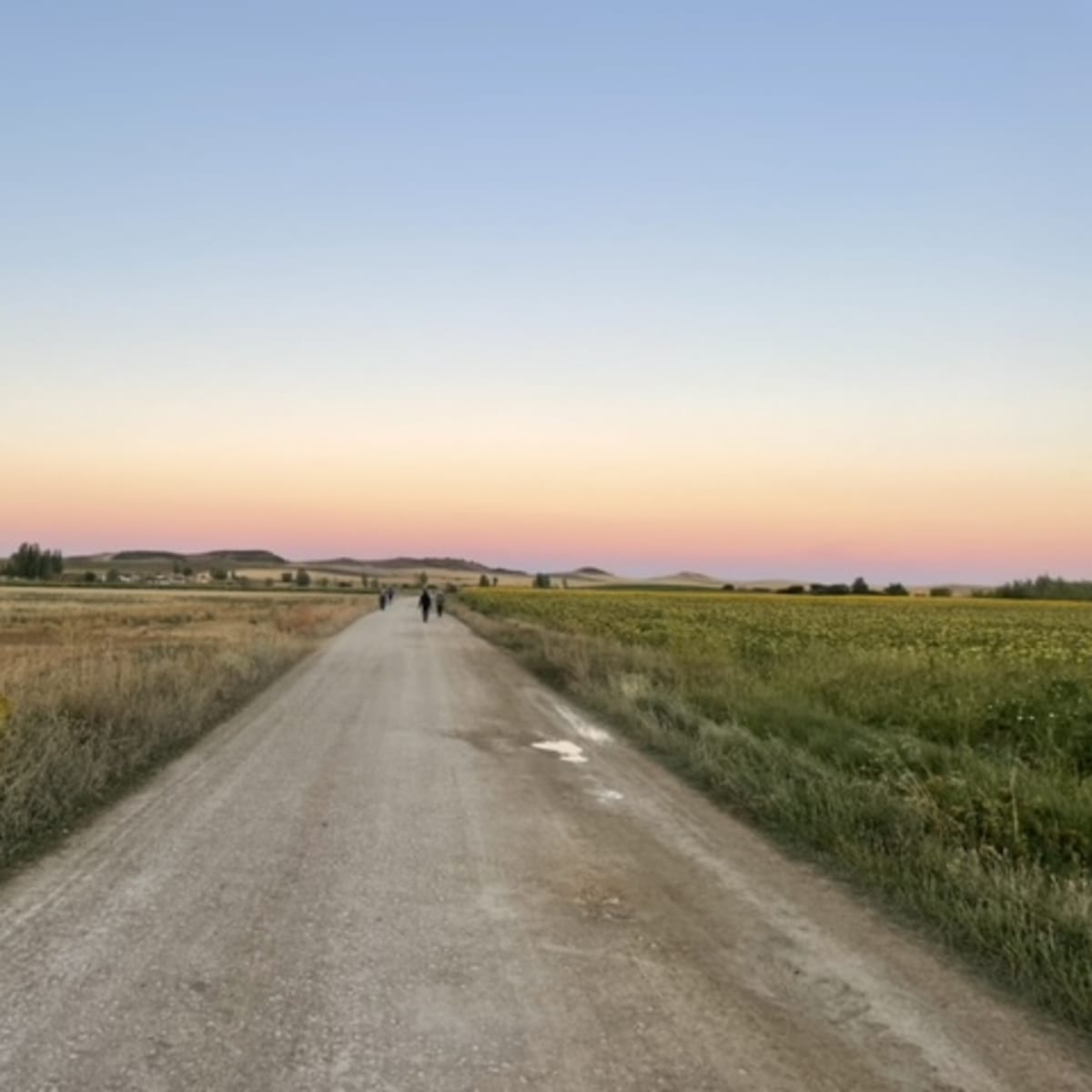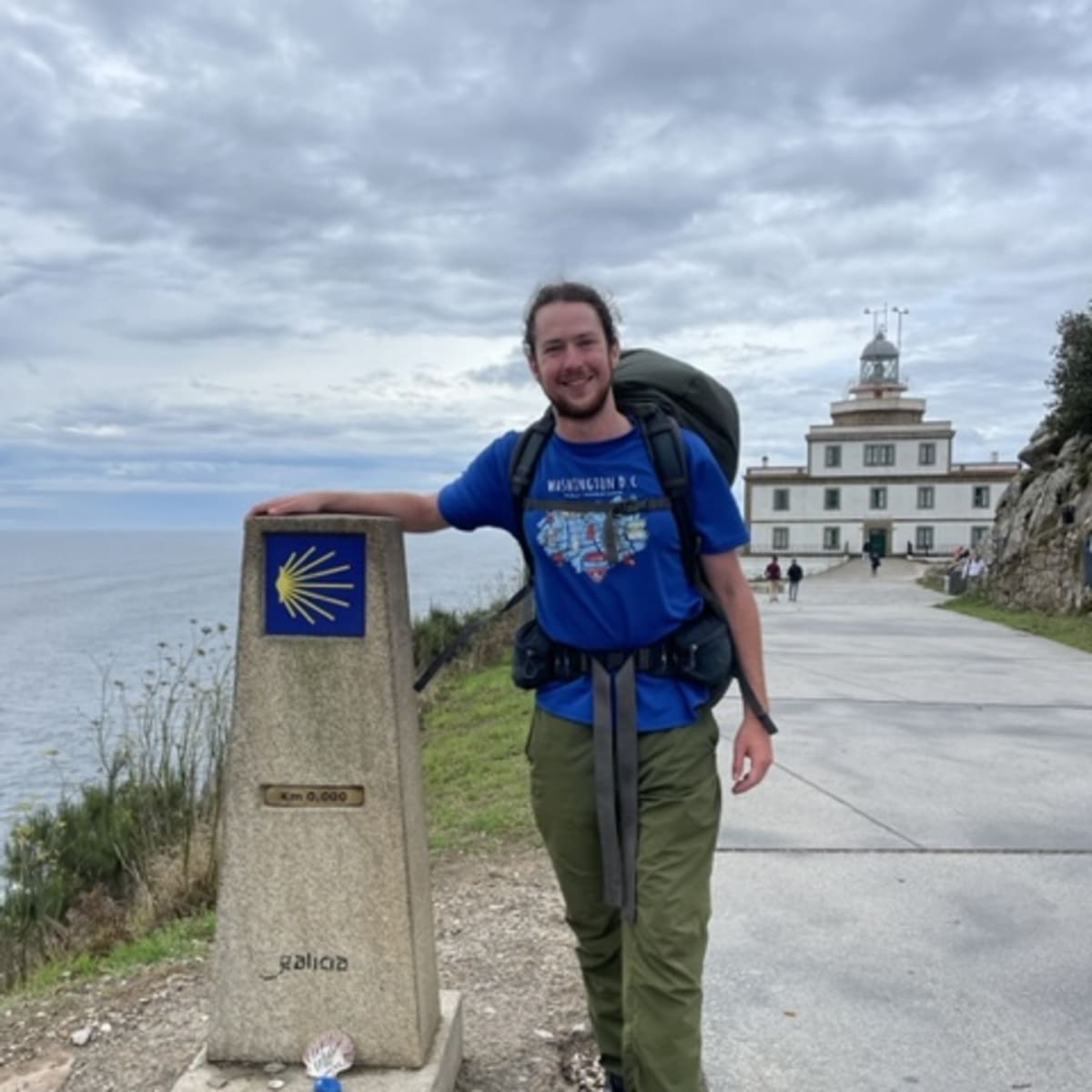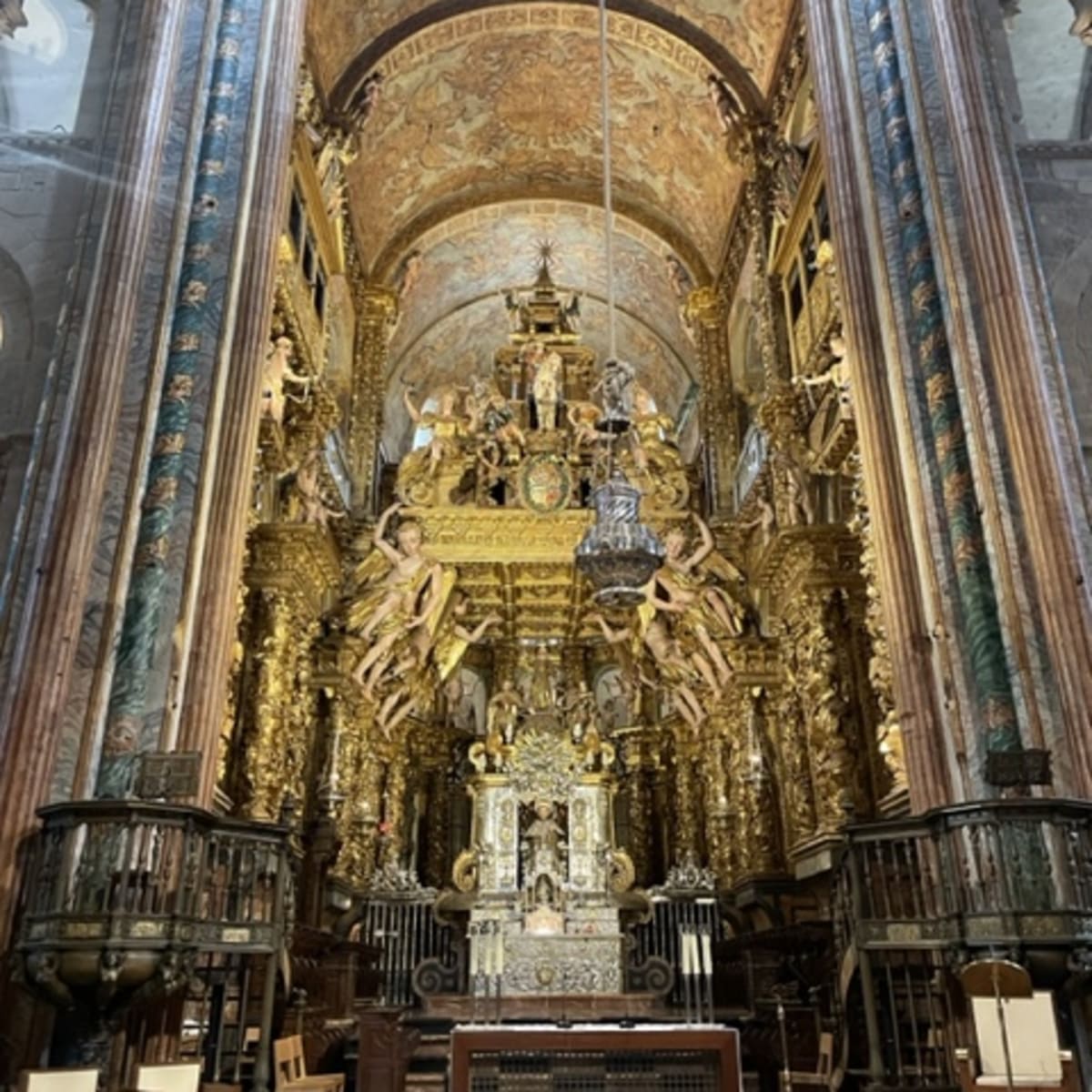
Hiking across Spain
As the world's most popular long-distance walking route, the Camino is legendary in the hiking community. It was absolutely a bucket-list item for me to take in the Spanish culture, immerse myself in the spiritual tradition, and enjoy tramping through the beautiful vistas of the Camino de Santiago.
Trip Recap
- Days 1 to 5: From the French border to Santiago de Compostela, the Camino Frances offers diverse experiences.
- Days 6 to 10: Walking through La Rioja, I found solace and community in the "donativo" albergues.
- Days 11 to 15: Excited to explore historic towns along the way to O Cebreiro.
- Days 16 to 21: Galicia's misty forests led me to Santiago, journey complete, soul transformed.
Highlights
The biggest highlight of the trip was the community, the bonding I shared with other pilgrims and our hosts along the way.
Days 1 to 5
At close to 800km, from the French border to the city of Santiago de Compostela, the Camino Frances typically takes almost a month to complete. It would be impossible for me to detail every meaningful experience I had on this trip, so I want to give a broad overview of what to expect over the course of the journey.
Section 1 - Saint Jean Pied-de-Port to Logroño
The Camino de Santiago is not a trail per se, it is a network of marked and unmarked paths from across Europe terminating at the Cathedral of Santiago in Northwest Spain. This church was an important site of pilgrimage in the Middle Ages, so for hundreds of years people have walked there and defined various routes, built sanctuaries, and developed a symbolic culture along the way. The most popular route today begins in the Basque country between France and Spain. The first day of the route is actually the most difficult of the entire path, as you gain over a thousand meters of elevation crossing the Pyrenees mountains. As hikers follow painted arrows or clam shells, the symbol of the camino, they will soon reach Pamplona, a beautiful city with a medieval center famous for its San Fermin festival. Along the way, pilgrims will generally stay in "albergues", hostels that cater to the Camino. In each albergue, church, or even restaurant, they will find stamps for their pilgrim passport or "credencial".
Days 6 to 10
Section 2 - Logroño to Burgos
There are fancy bed-and-breakfasts available along the way, but my best experiences were in the "donativo" albergues, donation-based inns run by volunteers, often connected to a church, that emphasize the communal nature of the Camino with group dinners and shared reflection. As hikers pass out of the Basque region, they enter La Rioja, the wine capital of Spain, and walk through vast fields of grapes. After passing through this region, about 150km along, they enter the "meseta", a hot, flat, and arid plateau. Here I would generally wake before sunrise and finish my walk by midday, to avoid the worst of the blazing summer sun. The monotonous landscape makes for more of a mental challenge than a physical one. A nice aspect of this section is that, other than the local residents of small villages, almost everyone I met was another pilgrim on a thru-hike. I really enjoyed the cycle of effort and relaxation, the long hot walks balanced by peaceful rest with shared meals.
Days 11 to 15
Section 3 - Burgos to O Cebreiro
As I passed through the university town of Burgos and entered the second half of la meseta, towns became larger and more frequent. Many of these towns, such as Villalcazar de Sirga, were founded for or by pilgrims, as centuries ago Catholic orders set up "hospitals" to shelter people along the way. Some highlights of this section are the magnificent cathedral in Leon and the picturesque city of Asturga, known for its chocolate and home to the only Gaudí building outside Catalonia.
Days 16 to 21
Section 4 - O Cebreiro to Santiago
The meseta ends with about 160km left to Santiago. It was an obvious change in climate, as I climbed over a high ridge and the vast fields of yellow grass gave way to lush forest and almost daily rain in the region of Galicia. This misty and Celtic land is otherworldly and truly felt like I'd walked to the end of the earth. Unfortunately, the last 100km is insanely crowded, as many routes converge and people going for shorter walks join in. But that didn't dampen my excitement as I reached my destination. In Santiago, I presented my credencial with its many stamps, and received a certificate of completion, the "compostelle". I hardly felt that my walk had ended, as the Camino really opened my mind to appreciating simple things in life, the importance of community and connection, and the self-discovery of finding my place in the world.
Anything you would add or do differently?
-
The only thing I would do differently is to take it even slower, to really enjoy the peaceful stillness between hikes.











